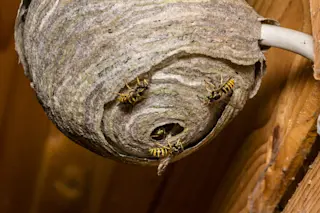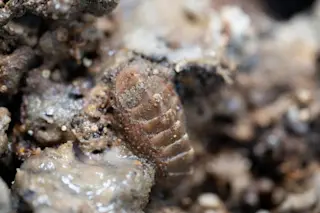Wending through corn and soybean fields southwest of Chicago, the Illinois River eventually comes to the sleepy little town of Havana, Illinois. On the east bank of the river, the populated side, there is a field station run by the Illinois Natural History Survey. For decades now, INHS biologists in aluminum skiffs have scooted up and down the thinly wooded banks, monitoring local fish—these days, catching, recording and releasing approximately 150,000 of them a year. The local species are small and nondescript for the most part; their behavior is unremarkable. Probably the most colorful thing about these fish is their names: gizzard shad, bigmouth buffalo, largemouth bass, bluntnose minnow—hand-hewn names from America’s heartland.
In the mid-‘90s, though, the lazy stretch of river around Havana was roiled by the invasion of two species of Asian carp, the bighead carp and its flamboyant cousin, the silver carp. Imported from China during the ...















